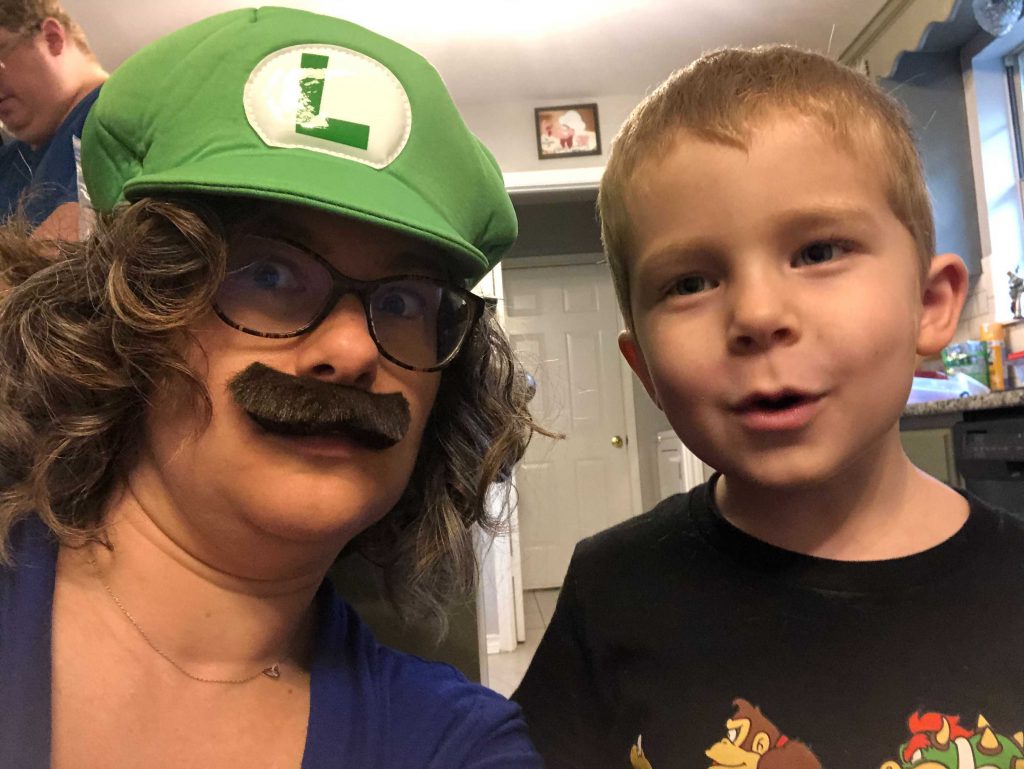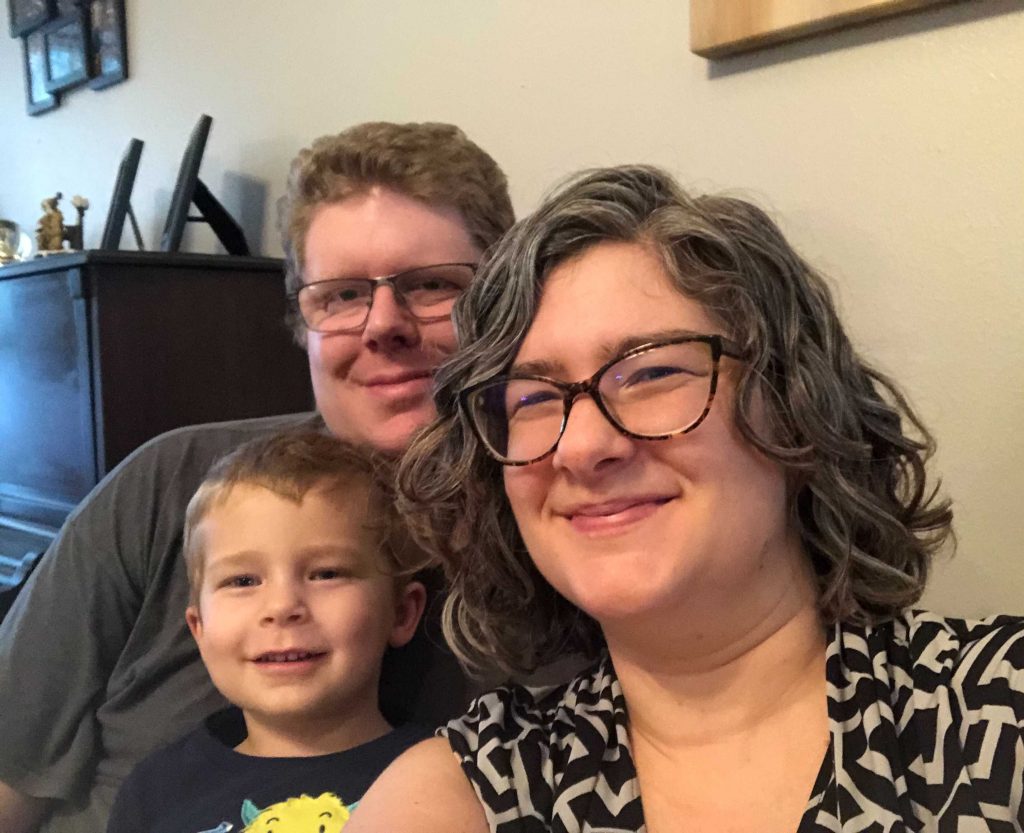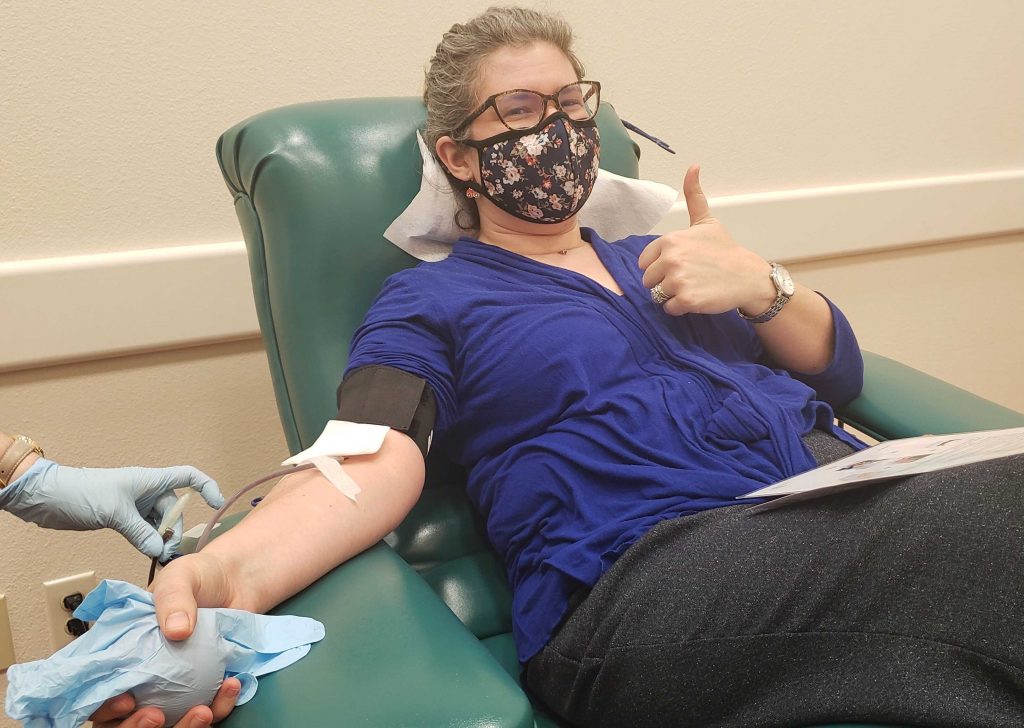I felt stunned when I looked at my second COVID test result on my phone and saw the outcome I didn’t expect.
“Not detected.”
But there I was, sitting on my back patio the first week of November with a fever, body aches, a headache and a husband who had gone into isolation in his office the day before with a positive test.
Not to mention my prolonged exposure to four other family members who live in the Fort Worth area a week earlier. Since then, all had tested positive. To boot, I had a four-year-old with symptoms (from which he quickly recovered, thankfully).
Last month, ProPublica reported not only are the rapid tests less effective, they also aren’t meant to be administered to the general population. Some experts argue rapid tests should rather be reserved for a “targeted approach directed at lower-risk situations like schools, or outbreaks in rural communities where PCR is impractical, rather than nursing homes where a single mistake could set off a chain of deaths.”

My family wore masks diligently. We limited outings and interactions with friends and ate outside. But months on end of perfect vigilance takes its toll. Pandemic fatigue is rampant across the state and the country (Johns Hopkins has some great tips for sticking with protective measures, and Vox has some ideas for mitigating pandemic anxiety).
The family member we traced it back to let her guard down with a trusted friend just one time. The friend had been out of work for months and just happened to be called back in a few days before.
The family member and friend decided to sit and talk in a coffee shop. That one time just happened to have all the right conditions in place. Murphy’s Law was at work.
It had been a week since our exposure to the family member(s) my husband got the virus from, so my test shouldn’t have been too early. First, they administered my rapid test at the clinic I chose. I was terribly nervous, but the nasal swab wasn’t as bad as I was expecting.
The nurse practitioner came into my exam room before the results were even ready.
“After reading the details you gave about your exposures, you are presumed positive even if this test comes back negative,” she said. “Sometimes people get a false sense of security from these rapid tests, but it’s very important you don’t have contact with anyone for at least 10 days, even if your rapid test is negative.”
I assured her I understood. There was no way I was going to possibly expose anyone else to a virus that has killed more than 280,000 Americans and 1.5 million people across the globe.

While my husband’s rapid test the day before had been positive, mine was negative. I knew those tests tended to give more false negatives than the 48-hour tests however, so I allowed the nurse to administer another, deeper swab to send off to a lab (not my idea of a party but still wasn’t bad).
My second test results? Negative.
That made the following week more complicated.
My husband, who thankfully only developed a mild fever, nasal congestion and loss of taste and smell, would have to stay in his office. Meanwhile I would take a steady stream of ibuprofen and try not to feel too guilty about the copious amounts of TV our son watched as we recovered. I believed I had the virus, but we were operating out of an abundance of caution.
The second negative also made me feel like I was being gaslighted by my own body. Were the body aches and headache a result of the undetectable virus, or had I just been sitting on the couch too long?
Was my low-grade fever caused by COVID, or had I gotten myself too worked up over the stress of my family having it? Is anxiety about catching a disease enough to give myself a fever? (Spoiler: maybe.)
According to the Food and Drug Administration, there are several things that affect the accuracy of a test.
“You may have the virus, but the swab might not collect it from your nose or throat,” the website reads.
“The swab or mucus sample may be accidentally contaminated by the virus during collection or analysis. The nasal or throat swab may not be kept at the correct temperature before it can be analyzed. The chemicals used to extract the virus genetic material and make copies of the virus DNA may not work correctly.”
After weeks of symptoms subsiding and returning, all the members of my family seemed to be fully recovered just in time for Thanksgiving (one more thing to be thankful for). For the older members and one who is pregnant, things got a little scary for a couple days. To my great relief, no one in our family had to be hospitalized.

I had one trick left up my sleeve to prove I had contracted COVID-19: An antibody test.
I decided to make it a twofer and donate blood. If I had the antibodies, maybe they could help someone with COVID recover.
I donated Dec. 1, about three weeks after my symptoms began. I waited a few days for my test results.
Negative. I don’t have any antibodies. I couldn’t believe it.
Turns out, my blood type may have protected me. I have O-positive blood, and that blood type is less susceptible to COVID infections.
So, I may have not had COVID, or I may have had such a mild case that it didn’t register.
Or, like my husband believes, I developed hypochondria.
Love what you're seeing in our posts? Help power our local, nonprofit journalism platform — from in-depth reads, to freelance training, to COVID Stories videos, to intimate portraits of East Texans through storytelling.
Our readers have told us they want to better understand this place we all call home, from Tyler's north-south divide to our city's changing demographics. What systemic issues need attention? What are are greatest concerns and hopes? What matters most to Tylerites and East Texans?
Help us create more informed, more connected, more engaged Tyler. Help us continue providing no paywall, free access posts. Become a member today. Your $15/month contribution drives our work.







